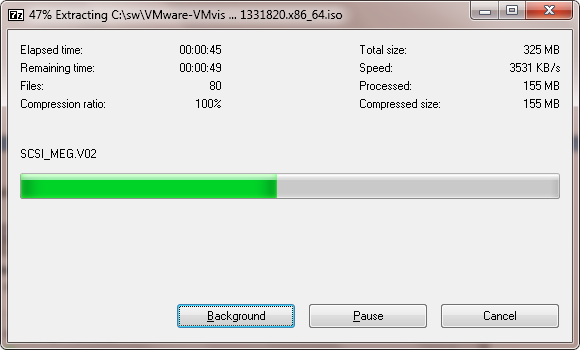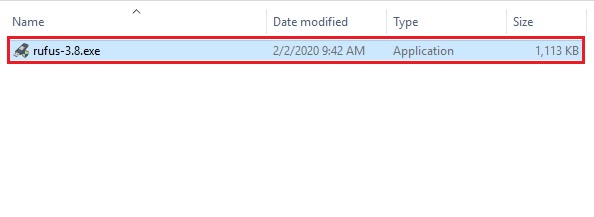
In the diskpart utility, type the following command: select disk įor example, the drive I’m using is highlighted in the explorer view below. You want to make sure you get the next step right - you want to format the USB key, not your hard drive… Use this view to double-check the size information for the USB drive you’re using and compare it to the response of the diskpart “list disk” command. Open Windows Explorer and select “Computer” in the left-hand pane. In the new window that pops up, type the following command: list disk Depending on how your Windows system is configured, you may get prompted to give diskpart permission to run. The program needs to be run as Administrator.

Select “cmd.exe” when it shows up.) In the window that pops up, type the following command: diskpart (Click on Start, and type “cmd” in the search box. During the process, you’ll be reformatting the drive. If there’s any data on it that you want to keep, save a copy now. Plug the thumb drive you want to use into your laptop’s USB port. It will show up on your Start Menu as “LiLi USB Creator”. Keep note of where you save it.ĭownload and install the Linux Live USB Creator.


(The vSphere 5.1 installation media will end being between 290 and 330MB, so a 1GB drive will do just fine.) This post will walk you through the process. It turns out you can use your Windows system to create the installation media, and it’s pretty easy. The thing is, the instructions I could find were for using a Linux system to create the key and my work-issued laptop runs Windows. VMware’s online documentation describes how to do this. It turns out the easiest solution in this situation is to convert a USB thumb drive into a bootable installation key. I came across this situation at a customer site recently. Have you ever wanted to install ESXi on a host that doesn’t have a CD-ROM drive? Maybe you also don’t have a TFTP server, so installing over the network isn’t an option either.


 0 kommentar(er)
0 kommentar(er)
